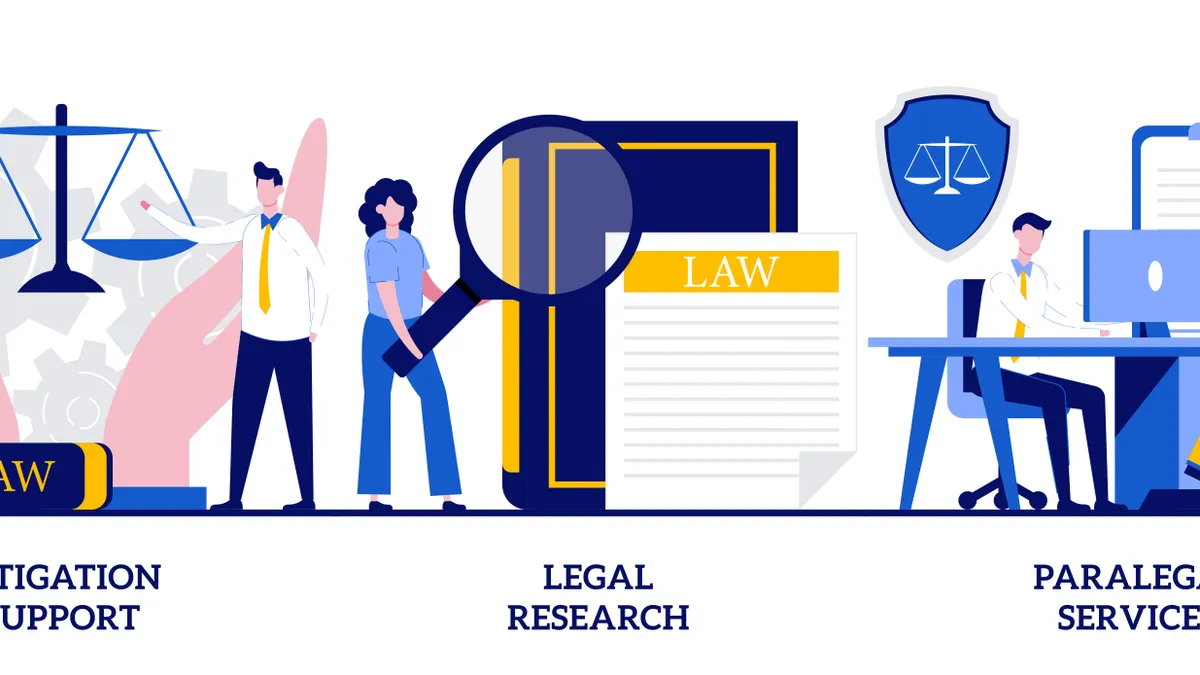When she was asked to help a team find and onboard contract lifecycle management software, Jackie Bley started with an internet search but she also tapped a free online comparison tool called the Observatory.
The tool, hosted by Orrick, the global law firm, has about 700 products in its database, enabling visitors to get a first impression of CLM or e-billing or other legal software, Bley, a senior paralegal at synthetic DNA company Twist Bioscience, said in an Inside Voices podcast.
“You put in key words like CLM system or IP docketing system – whatever your search features are – and it will provide you with a listing of options, vendors and price points,” said Bley, a 30-year legal-team veteran who provides support on commercial contracts and also serves as the in-house legal team’s operations point person.
That and other tools are among the tricks Bley uses to help her meet competing priorities as a team member who has to wear both a legal-support and an operations-support hat in her paralegal role.
Must-haves
For the CLM implementation, the general counsel had two must-haves: redlining within the system and what Bley called a chess clock – a dashboard feature that would enable the GC to identify what parts of the process are causing a snag in closing out a contract.
“Just imagine two people playing chess,” she said. “They make a move and they hit the clock, which stops what they’ve been doing. And then it goes to their opponent. What does that do? That gives us metrics to figure out if the request is lingering in the legal department or our internal customer or our counterparty. It allows us to home in on the inefficiencies and figure out what the bottlenecks are and how we can repair them. So, that was the GC’s dream.”
Even if the team isn’t looking to add a tech tool in the near future, Bley said, she attends conferences and webinars and in other ways tries to stay current on what’s happening in the world of tech tools so she doesn’t have to start from scratch if the general counsel or someone else wants to know what’s out there.
“Let’s say one day someone says, ‘I need an e-billing system.’ I need to be ready for that; I don’t want to have to go back to the drawing board.”
User rewards
When the team settles on a tool and implements it, she uses a rewards program as one of the ways to get users to buy into it.
“You can get points that translate into a Starbucks or Target card or something like that,” she said. “Let’s say someone hits 10 workflows in a week, or 100 workflows in a month. We showcase that we’re rewarding them for being a prolific CLM user.”
Champions are also recognized. Team members and others who are big users of a tool and who encourage and help others use it get their own recognition.
The complexity of a tool shouldn’t dictate whether, or how often, the legal team looks into changing it, Bley said.
That’s the case even with a CLM, which is probably the most complex, resource-intensive and deeply integrated tool to implement.
“If we have to change CLM twice or three times, you need to do it,” she said. “You need to think five, 10 years out. If you’re a startup, you don’t need much, but your company could go gangbusters and now you need a CLM for 5,000 people.”
As a paralegal whose first responsibility is supporting attorneys in their contract work, Bley said, she has to focus on time management. That enables her to wear her two hats without letting either responsibility slip through the cracks.
“My first-burner projects are not going to go away while I’m working on my back-burner projects,” she said. “Sometimes I just put on my calendar half an hour or an hour. Or on Fridays, we have a no-meetings policy, so those Fridays are useful because I can work on a project for a few hours and really focus on that.”











